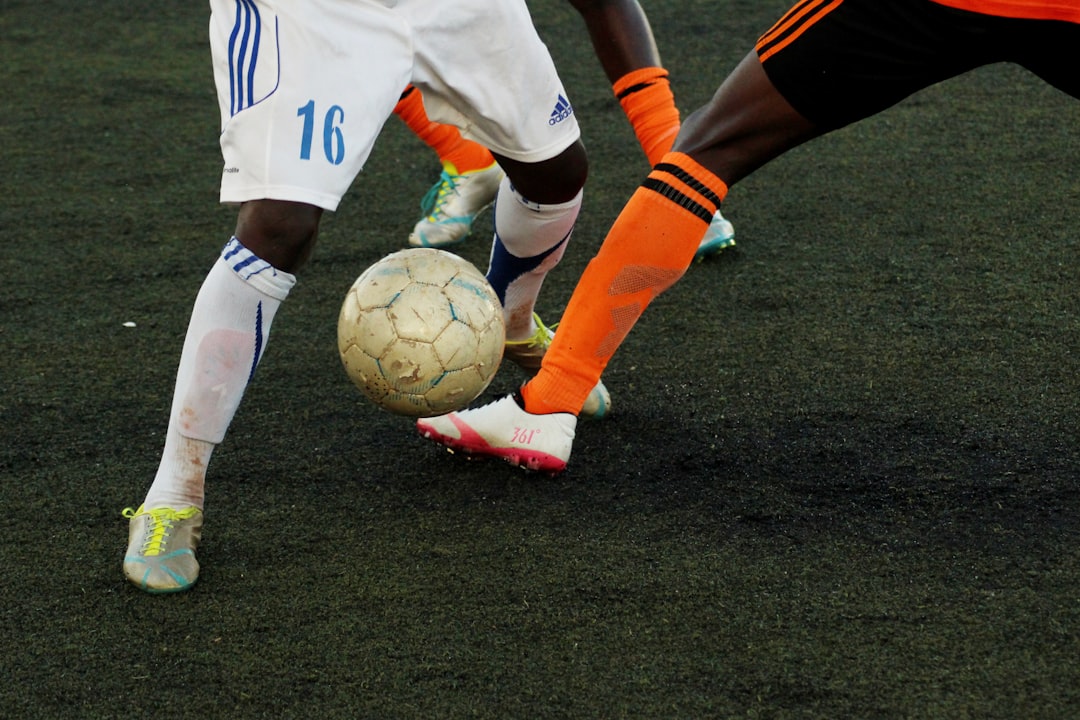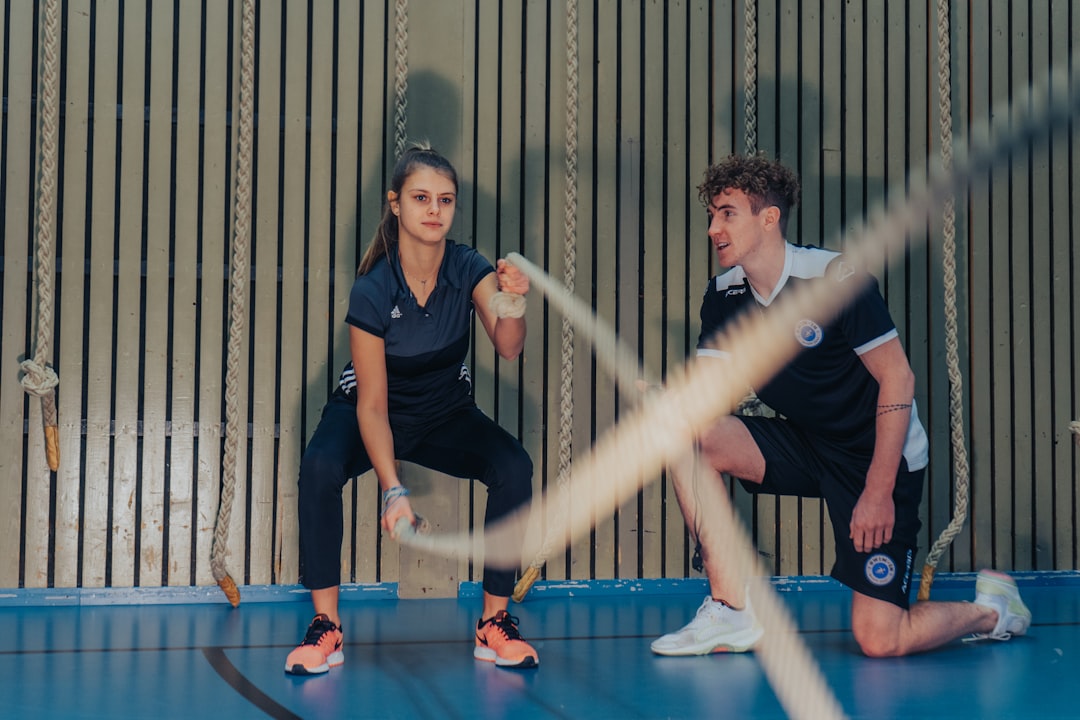Top Coaches Conclude Different Standards Will Avoid Injury and Burnout.
Assessment young athletes at the highest level gives us a glimpse of some major preparation issues.
Recently I had the good fortune of being a part of the International Hockey Performance Summit. In its 3rd year, the IHPS is the initiative of Scott Livingston and Jaime Sochasky-Livingston and brings together top coaches in the field of athletic performance, with a specific focus on hockey.
One of the first sessions was a roundtable discussion on development, with a focus on making the experience better for our young athletes.
The participating coaches work with athletes at the highest levels from North America and Europe and are at the forefront of trends and best practices in the field.

The feedback had a consensus that the athletes they are seeing 1 step away from professional level or just entering the pros have never been more talented. The skill level is off the charts, and even the most casual observers would agree.
Quickly the conversation turned to some of the trends being witnessed and assessed:
· Many entering the pro level are unprepared physically for the demands of the schedule intensity. The number of games and length of season, frequency of travel, intensity of competition all contribute to significant change in demands on the athletes.
· Those with a strong athletic background, such as European athletes with soccer experience tend to adapt a little better to the rigors of the pro game.
· Many athletes have had a single sport focus for many years, and the wear and tear on their bodies is clearly visible even as young as 19 years old. More on that below, but one comment stood out from Maria Mountain, a respected elite goalie coach from London, Ontario. Coach Maria is a strong believer that there are only so many repetitions in the hips and knees of goaltenders, and that care should be taken in monitoring skill specific repetitions that place demands on those joints.
· Perhaps the greatest hockey player of his generation, Sidney Crosby, has been coached by Andy O’Brien since he was 13. Coach O’Brien’s feedback on Sidney’s development included work on strength and conditioning fundamentals from an early age, lots of teaching and practice of movement fundamentals, participating in multiple sports and no skills or skating coach. While each athlete has difference needs, these pieces of feedback are well worth digesting.
The conversation then turned to the role and influence of the strength and conditioning coach with other coaches and parents.
A particularly insightful comment came from Coach Vicki Bendus, herself a top athlete prior to entering the field of strength a conditioning. “Parents are often not that impressed with strength and conditioning”. This in context of comparing valuation of feedback from skills coaches’.
A follow up point of note on the topic:
“How do parents know that strength and conditioning recommendations are best for the athlete?”
A valuable question highlighting the importance of sharing and practicing high standards in athlete care.
The answer lies in acceptable standards practiced and promoted by the professionals who arguably can influence development more than any other coach.

Standards, such has those brought forward in 2019 by the National Athletic Trainers Association.
The standards focus on a more rounded approach to development, with multiple activities as a foundation.
From an article on the topic in the NY Times:
The recommendations urge parents to ensure that children and adolescents postpone specializing in one sport for as long as possible, that they take at least two days off each week for rest and that they not play a single sport for more than eight months a year.
A proposed rule of thumb: A child’s age equals the number of hours he or she should spend in sports training each week.
The advice arrives amid growing concern about a rise in athletic injuries among children engaging in tough training exercises. These regimens also can exact a psychological toll, increasing the risk that children and adolescents will burn out and quit sports altogether, the trainers’ group said.
“Single-sports specialization is bordering on an epidemic in terms of the risks it can pose, for physical injuries as well as the potential for negative psychological effects,” said Tory Lindley, president of N.A.T.A.
“There is a myth that it takes a single-sport specialization to succeed,” Mr. Lindley added. “In fact, we’re learning from research and anecdotal evidence that there is actually an opportunity for athleticism to improve if you expose the body to different sports and different movements.”
The six N.A.T.A. recommendations are endorsed by five societies of athletic trainers, including professional football, hockey, soccer, basketball and baseball trainers, as well as the group’s Intercollegiate Council for Sports Medicine. They include:
1. Delay specializing in a single sport for as long as possible.
2. One team at a time.
3. Youngsters should not play a single sport more than eight months per year.
4. They should not take part in organized sports activities for more hours per week than their age.
5. Young athletes should take a minimum of two days off per week from organized training and competition for rest and recovery.
6. Youngsters should spend time away from organized sport and activity at the end of each competitive season.
In conclusion, the role of the qualified and experience strength and conditioning coach has never been more important. While performing at the highest level does require a lot of specialization, most athletes don’t get to the pro level and would be better served with a diversified approach.
Combining strong coaching and teaching in physical development with high standards of care will reduce injury rates, burnout and drop out rates.
This approach will also provide a tremendous foundation for life off the playing field. The lessons learned via different experiences and in proper preparation for competition are some of the most valuable we can pass along. A very viable and worthy goal!
A full broadcast on the IHPS session on youth athlete development here.
More on the recommendations from the N.A.T.A. here.
https://www.nytimes.com/2019/10/17/health/children-sports-injuries.html
In case you missed last week’s edition, we received some great feedback on the below:




Great article! This is definitely an all hands on deck initiative. You and I can’t certainly solve this alone, but putting great minds together while setting aside our egos (and sometimes money on the table) to help think about “training for life” rather than putting them through the grind for...what? A 7% chance to making to the college level? I’m going to check out the summit too, I hadn’t heard of it and sounds cool!